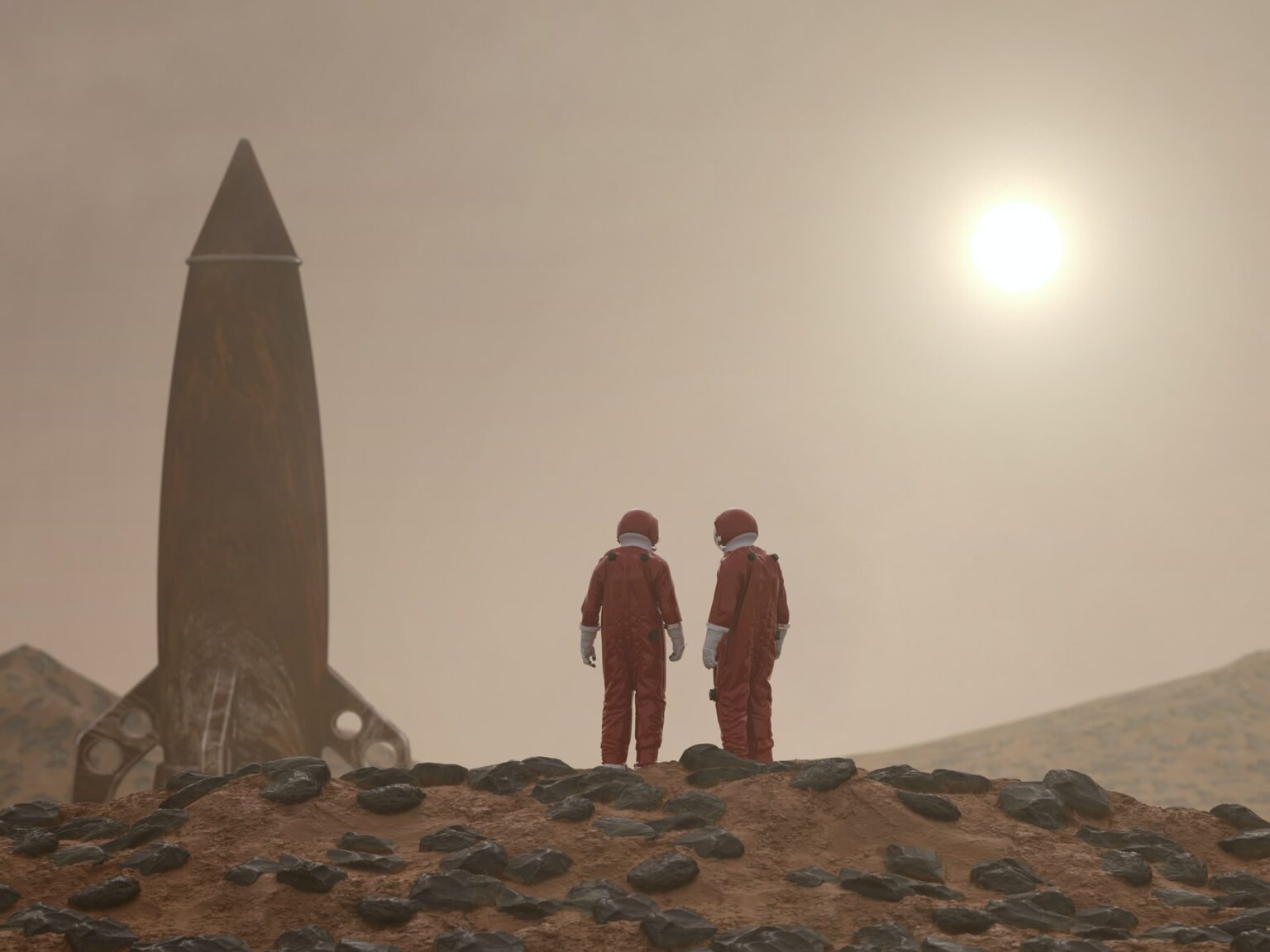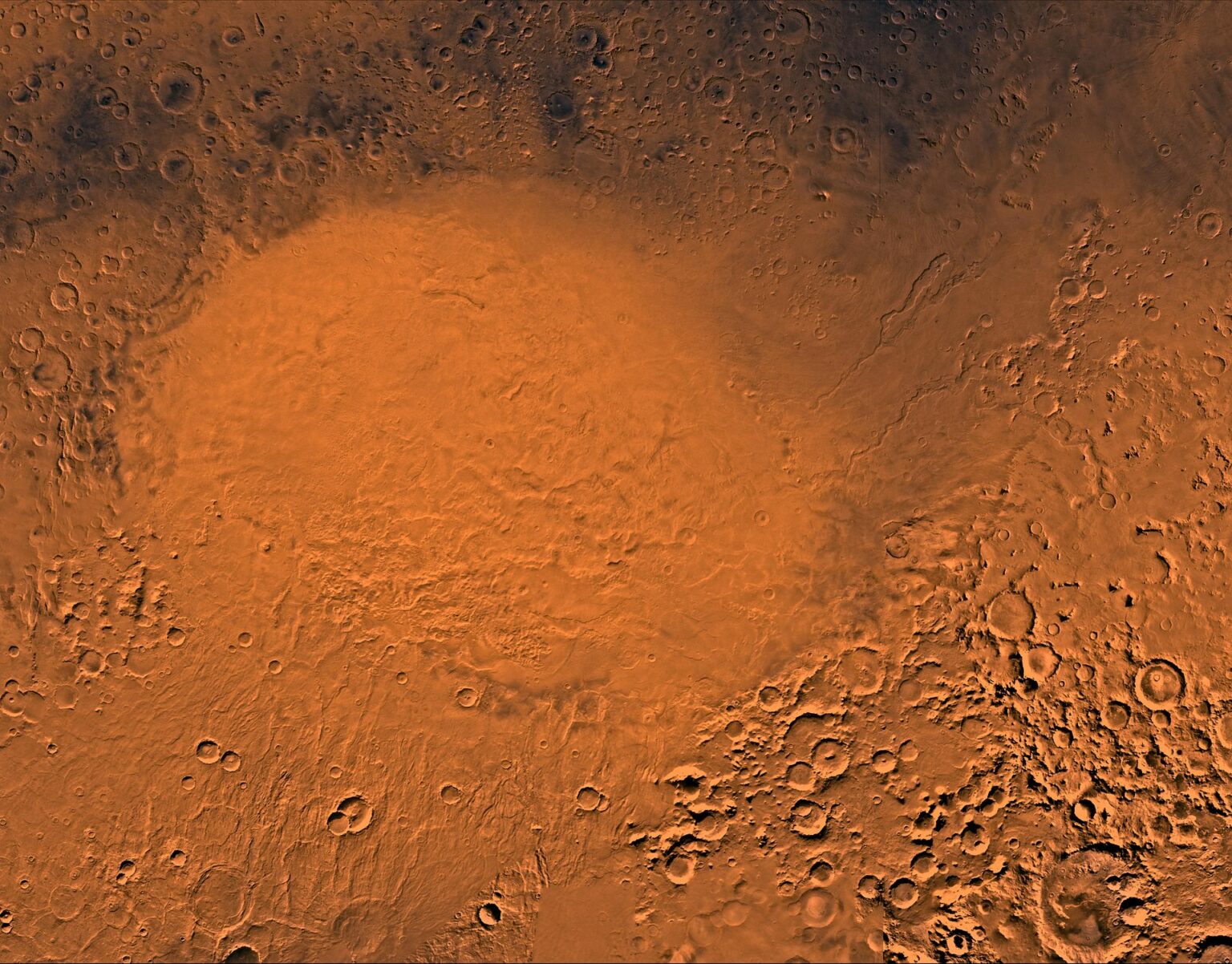In 10-15 years, humanity will be able to land on Mars. However, in addition to the long flight and the difficulty of landing on astronauts, there is a great danger on the Red Planet – high radiation exposure due to the thin atmosphere, which does not protect against cosmic radiation. Planetary scientists have found a way to protect themselves from harmful radiation. They suggested that deepening under the surface of the Red Planet could protect astronauts from harmful radiation. Moreover, the resulting material after digging can be used to create a habitat. The scientists published their findings in the Journal of Geophysical Research: Planets, stating that their method will help avoid serious health problems among the first settlers on Mars.

Deadly Cosmic Rays
When scientists talk about radiation, they primarily mean cosmic rays that bombard Mars during the day. The US National Oceanic and Atmospheric Administration (NOAA) defines cosmic rays as high-energy particles “consisting of virtually all elements” discovered to date. It is known that these particles originate from outside our Solar System. Scientists suggest that they are emitted by exploding stars.
Exposure to such particles can cause serious health problems in humans, the most common of which are cancer, cataracts and damage to the central nervous system. And since Mars has an extremely thin atmosphere and there is no magnetosphere like Earth’s, galactic rays easily reach the surface and can cause irreparable harm to the astronauts’ body.
Regolith Shield
It has long been claimed that astronauts can use natural geological structures such as caves or lava tubes as shelters from radiation on Mars. A new study could help reduce radiation risks when designing future Martian habitations using material from the surface as shielding protection.
Experts used the “Atmospheric Radiation Interaction Simulator” (AtRIS) and radiation data from the Curiosity rover to determine the ability of cosmic rays to penetrate under the surface of Mars. They found that the radiation dose peaked at about 30 centimeters from the surface, and concluded that a shield of regolith 10-15 meters thick would be required to protect the astronauts’ home.
It is noteworthy that Mars has the largest volcano in the Solar system – Olympus, its height is 26 kilometers. But also on the Red Planet there is a Hellas Planitia with a depth of about 7 kilometers. However, it is important that the thickness of the Martian atmosphere varies in different areas, which means that the number of cosmic rays reaching the surface also differs. Therefore, it is desirable for astronauts to build their homes on the lowlands and as deep as possible.


